
Facilitating natural contrast delivery through an intrauterine catheter, FemChec can be utilized for ultrasound assessment of fallopian tubes and may provide diagnostic confirmation for an emerging non-surgical option for permanent birth control.


Facilitating natural contrast delivery through an intrauterine catheter, FemChec can be utilized for ultrasound assessment of fallopian tubes and may provide diagnostic confirmation for an emerging non-surgical option for permanent birth control.
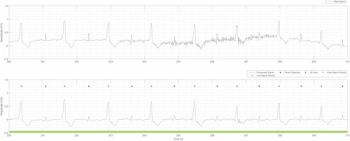
Geared toward ambulatory use, the HeartKey Rhythm suite reportedly offers enhanced signal clarity and rhythm detection algorithms.
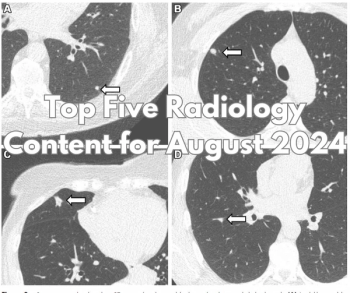
Catch up on the most-well viewed radiology content in August 2024.

Catch up on the top AI-related news and research in radiology over the past month.

Catch up on the top radiology content of the past week.
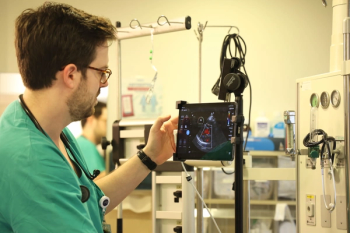
Combining four CAD modules for valvular pathologies with a variety of automated measurements, the AI-enabled AISAP Cardio ultrasound system reportedly facilitates up to a 90 percent accuracy rate in detecting common cardiac conditions.
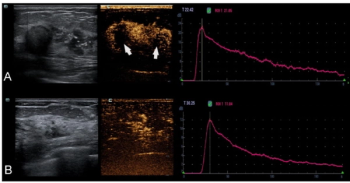
Adding two key findings from contrast-enhanced ultrasound to a predictive model of mammography, conventional ultrasound and clinicopathological findings led to a 86.1 percent AUROC for predicting the upgrading of ductal carcinoma in situ to invasive breast cancer, according to new research.
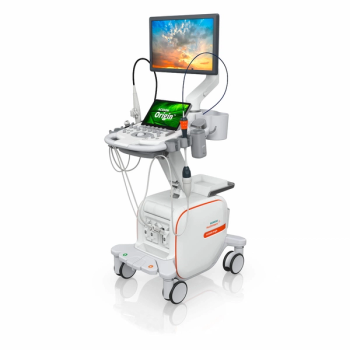
Offering a variety of AI features for streamlined workflow and enhanced visualization, the Acuson Origin ultrasound system also features the newly FDA-cleared AcuNav Lumos 4D ICE (intracardiac echocardiography) catheter.

Catch up on the top radiology content of the past week.

External validation testing revealed a deep learning combination of breast MRI, ultrasound and clinical factors had a 10 percent higher AUC for predicting axillary lymph node metastasis than sole use of MRI- or ultrasound-based deep learning models in patients with breast cancer.

Catch up on the top AI-related news and research in radiology over the past month.
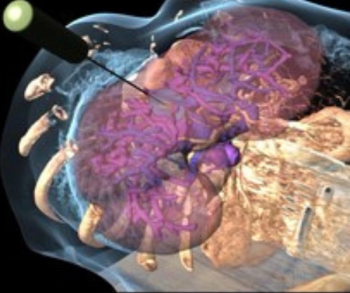
Featuring the previously FDA-cleared BioTraceIO Vision and BioTraceIO Precision modalities, the BioTrace software suite combines real-time ultrasound guidance and advanced AI technology to help bolster outcomes with liver tumor ablation therapy.
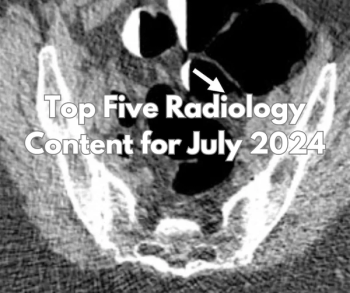
Catch up on the most-well viewed radiology content in July 2024.

Catch up on the top radiology content of the past week.
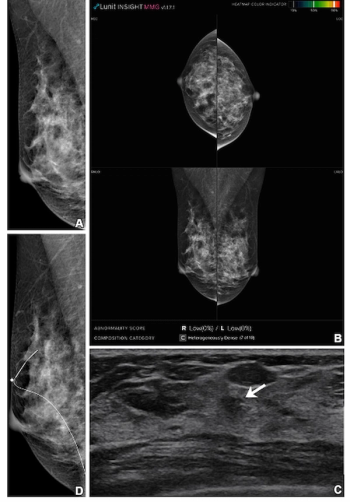
For women with dense breasts, the combination of mammography and supplemental breast ultrasound had a 36.4 percent higher sensitivity rate for detecting breast cancer in comparison to the combination of mammography and adjunctive AI, according to a new study.
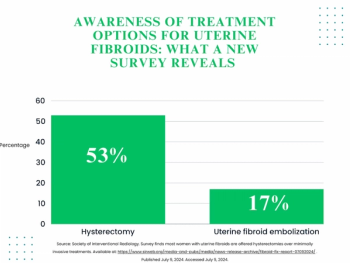
New survey findings show that over half of the female respondents were unaware of uterine fibroids and less than 20 percent of women diagnosed with the condition received information about less invasive treatment options such as uterine fibroid embolization.

Catch up on the top radiology content of the past week.
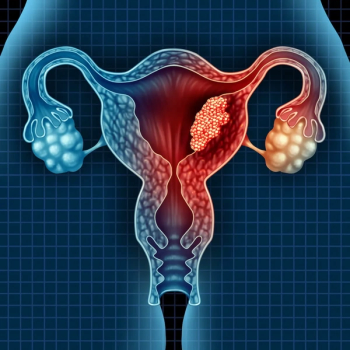
Utilizing a threshold of less than 5 mm of ultrasound-measured endometrial thickness, the authors of a new study noted an 11.4 percent false-negative probability for endometrial cancer in Black patients.

The EchoGo Heart Failure platform is reportedly the only AI-powered technology to receive a CPT reimbursement code for echocardiography detection of heart failure with preserved ejection fraction.

Catch up on the top radiology content of the past week.
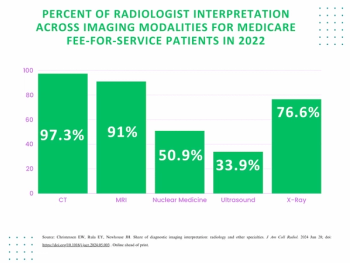
While radiologists interpreted approximately 99 percent of all non-cardiac CT, MRI and nuclear medicine studies in hospital and emergency department settings for Medicare beneficiaries, new research shows significantly less radiologist review of cardiac imaging and office-based imaging.
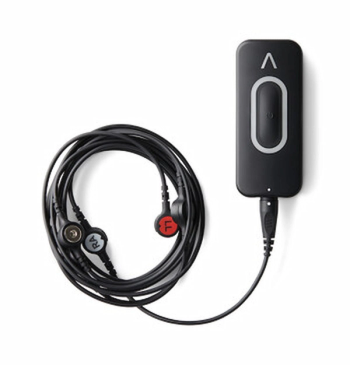
Using a reduced leadset and deep neural network algorithms trained on more than 175 million electrocardiograms, the KAI 12L technology reportedly detects up to 35 cardiac determinations, including acute myocardial infarction.
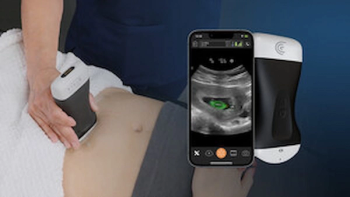
Clarius OB AI reportedly provides estimates of fetal age, weight and growth intervals based on automated fetal biometry measurements available through handheld ultrasound.

Catch up on the top radiology content of the past week.
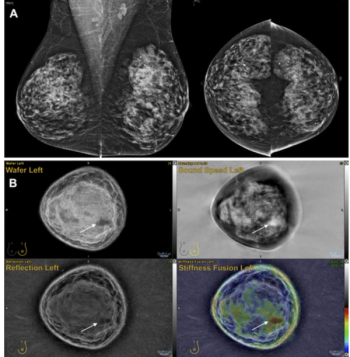
Emerging research suggests that combining full-field digital mammography and whole-breast ultrasound tomography provides superior sensitivity in detecting BI-RADS 4 lesions and superior specificity in diagnosing BI-RADS 3 lesions than mammography alone in women with dense breasts.